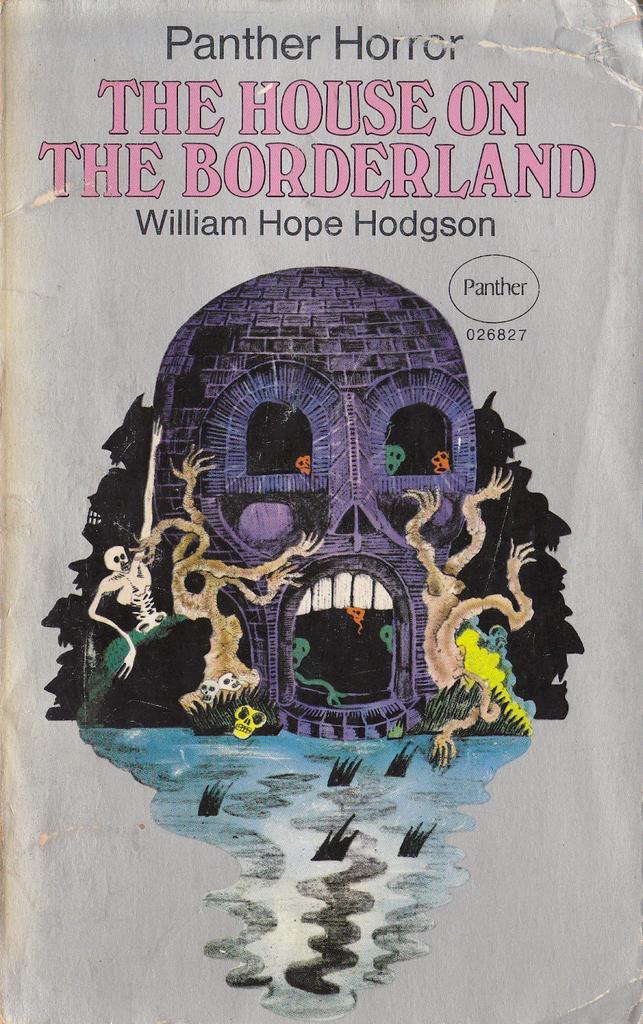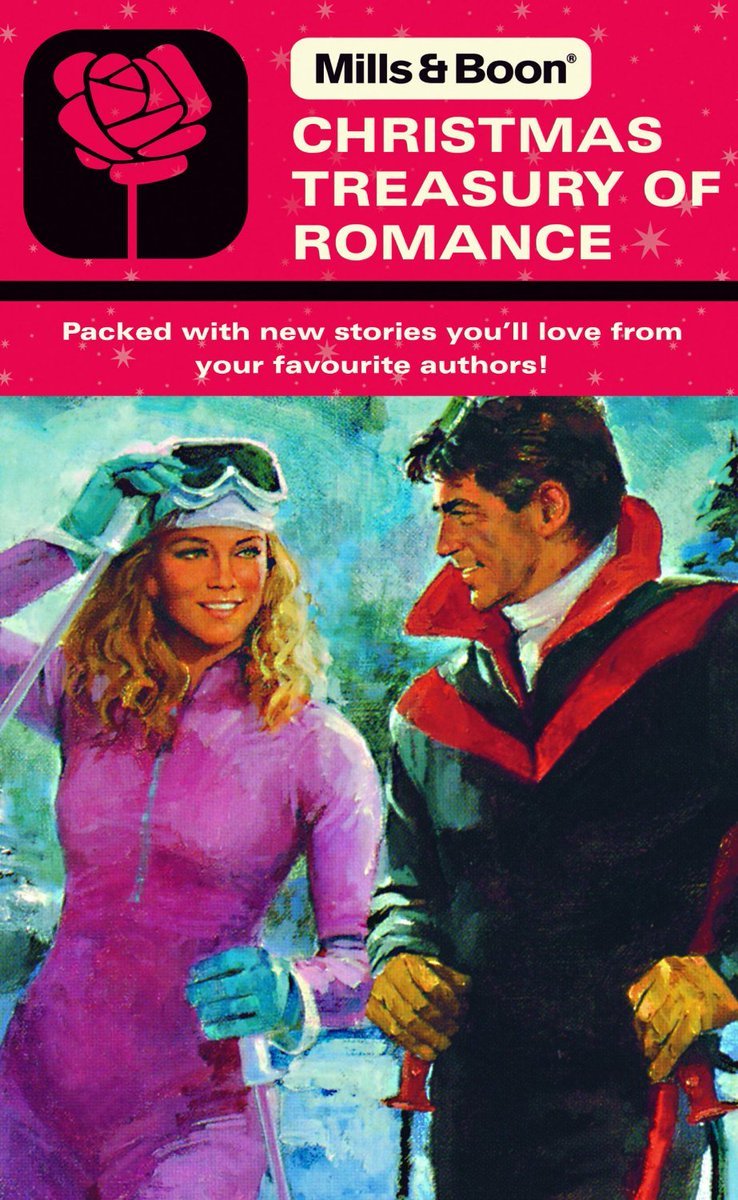Today I'm looking at Penguin Books from 1966. Why? Because that's the year they ditched the Marber Grid and brought in Alan Aldridge as art director to spice up their fiction covers!
He was a controversial choice, so let's see how he did...
He was a controversial choice, so let's see how he did...

Jubb, by Keith Waterhouse. Penguin Books, 1966. Richard Heimann did the photography on this one IIRC. 

Boswell's London Journal: 1762-1763, edited by Frederick A Pottle. Penguin Books, 1966. Cover by Alan Aldridge. 

The Unpleasant Profession of Jonathan Hoag, by Robert A Heinlein. Penguin, 1966. Cover by Alan Aldridge. 

Personally I'm a fan of Alan Aldridge's work at Penguin, though that does put me into a minority! De gustibus non disputandum est, as they say. 

And finally... The House on the Borderland, by William Hope Hodgson. Panther Horror, 1969. Cover by Alan Aldridge (who had just been sacked as Penguin's art director that year!) 

• • •
Missing some Tweet in this thread? You can try to
force a refresh






























